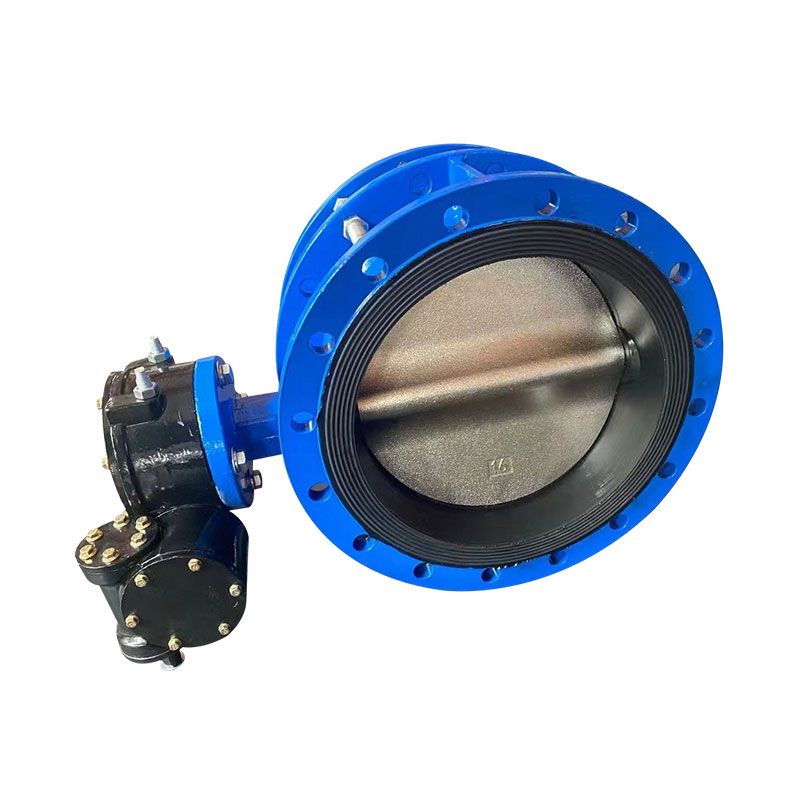
The Globe Butterfly Valve is a control valve designed to regulate fluid flow with high efficiency and reliability. It combines characteristics of both globe valves and butterfly valves, offering enhanced throttling performance and compact structure. This type of valve is particularly effective in applications where space is limited and moderate flow regulation is needed.

The operating efficiency of the Globe Butterfly Valve stems from its streamlined disc and short-stroke operation. Unlike traditional globe valves that require multiple turns to modulate flow, the globe butterfly design rotates the disc within a quarter-turn range (90 degrees), enabling quicker adjustments. This improves operational response time, especially in automated systems that require frequent flow changes.
Another efficiency benefit is its relatively low torque requirement. The disc moves smoothly within the valve body, and the seating design minimizes friction, reducing the energy needed for actuation. This makes it suitable for both manual operation and use with electric or pneumatic actuators.
Material selection and internal seat configuration also play a role in the valve's performance. The valve can be fitted with metal or soft seats depending on the media and temperature range, allowing it to maintain sealing integrity while reducing wear over time.
The Flange Butterfly Valve is a widely used flow control component known for its ease of installation and mechanical stability. Characterized by its flanged ends, the valve connects securely to pipeline systems using bolts and gaskets, making it a popular choice for industries such as water treatment, chemical processing, and HVAC.
One of the main benefits of the Flange Butterfly Valve is its strong, leak-resistant joint. The flanged connection provides better sealing under pressure compared to wafer or lug-style butterfly valves. This makes it suitable for applications where system integrity and safety are essential, especially in pipelines transporting liquids or gases under varying conditions.
The valve's operation is based on a rotating disc mounted on a central shaft. When the disc is turned parallel to the flow, it opens fully, allowing unrestricted passage of media. When rotated perpendicular to the flow, it closes and seals against the seat to prevent flow. The quarter-turn movement makes it quick to operate and easy to automate.
Additionally, the Flange Butterfly Valve is available in various body and disc materials such as cast iron, stainless steel, and ductile iron. This flexibility allows it to be used in systems dealing with different temperatures, pressures, and chemical properties.
Maintenance is also simplified, as the flanged connection allows for straightforward removal or replacement of the valve without disturbing the adjacent piping. These qualities make the Flange Butterfly Valve a reliable and practical option for stable flow control in both industrial and municipal systems.
The Soft Seal Butterfly Valve is a commonly used valve that offers a tight shut-off and sealing capability in low to medium pressure applications. It is widely applied in water supply, HVAC, and non-corrosive chemical systems where durability, ease of use, and reliable performance are important.
At the core of its design is the soft sealing material, typically made from rubber, PTFE, or other elastomers. This soft seat is molded or bonded inside the valve body, allowing the rotating disc to press against it and form a tight seal. The flexibility of the sealing material ensures minimal leakage and compensates for minor surface irregularities, even after repeated use.
The Soft Seal Butterfly Valve operates with a quarter-turn motion, which makes it efficient to open or close quickly. Manual handles, gear operators, or actuators can be used to drive the disc rotation. This simple mechanism, combined with the lightweight and compact design, contributes to lower installation and maintenance costs.
Another advantage of this valve type is its resistance to wear in systems that experience frequent operation. The soft seal reduces friction, allowing the valve to operate smoothly while extending the life of both the disc and seat.

